Growing vegetables in a greenhouse in our unpredictable climate is quite common, especially in regions with short summers. This is due not only to more favorable growing conditions, but also to the opportunity to receive the earliest harvests of cucumbers. Of great importance here is the correct selection of varieties in accordance with a particular climate. Also, those who plan to grow vegetables indoors, should pay attention to the quality of the material for the greenhouse.
Today polycarbonate greenhouses occupy a leading position, because the material transmits sunlight well, retains heat (which saves on heating) and can last more than 10 years. To choosethe best varieties of cucumbers for growing in polycarbonate greenhouses, you should be guided by the reviews of experienced gardeners.
Content
The advantages of polycarbonate greenhouses and the features of growing cucumbers
The best option for growing is a do-it-yourself greenhouse made of polycarbonate. This material is very common and has excellent technical characteristics. The following material advantages are distinguished:
- Polycarbonate sheets are strong enough and can withstand significant loads without deformation (for example, the accumulation of a large amount of snow).
- The material is also practical, because it requires minimal maintenance, it is easy to mount and move.
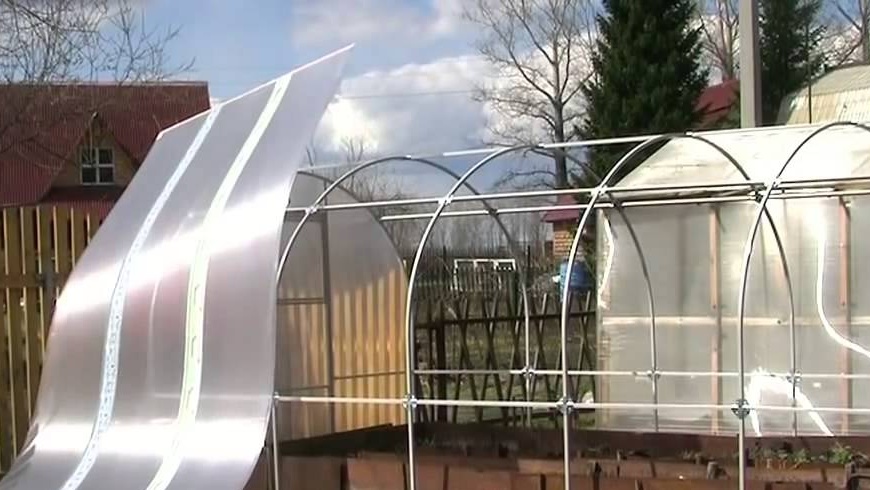
Polycarbonate sheets - Polycarbonate is characterized by wear resistance and a long service life, which can reach 20 years.
- Due to its good frost resistance, the optimum microclimate at low temperatures outside remains inside the building. The honeycombs of which the material consists perfectly retain temperature, which allows less frequent use of heating devices in the winter.
- The surface of the material is moisture resistant, so rainfall will not harm seedlings.
In addition, high-quality polycarbonate is coated with special means that protect plants from harmful ultraviolet radiation. The material is quite light and plastic, so it is easy to work even with inexperienced people. It can be drilled, glued, cut and even welded. Thanks to this practicality, it is easy to install window panes or partitions in the greenhouse.
The disadvantages of polycarbonate include a relatively high cost. It is also worth knowing that it easily begins to melt from the fire, so you need to light a fire away from the structure.
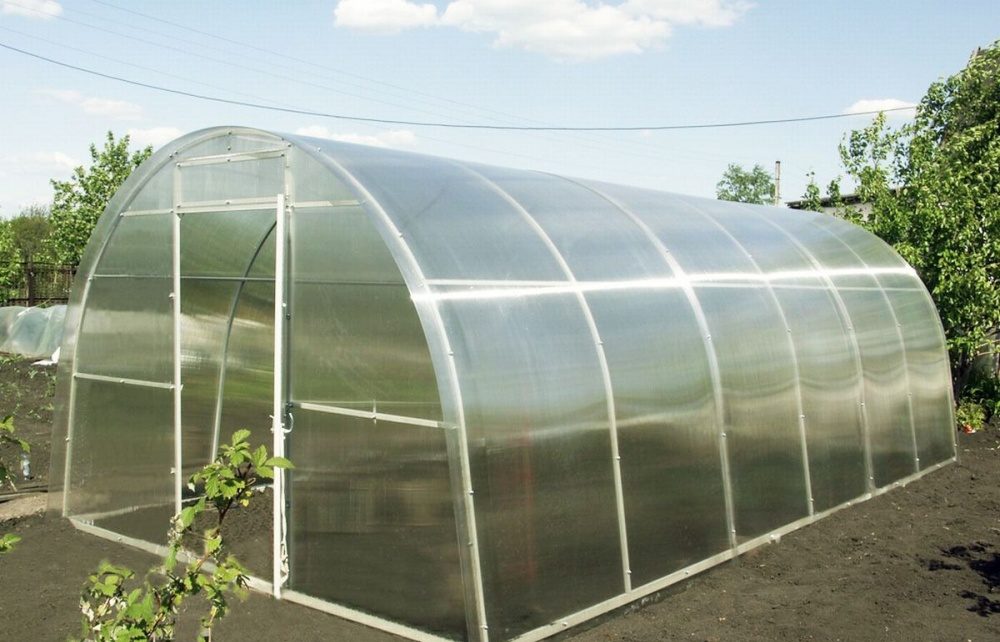
The greenhouse should be about the same height as the owner, which will provide simple and complete care for the plants. In addition, in a spacious room it will be better to circulate fresh air.When mounting a greenhouse, do not forget about the vents, because in ventilated rooms, plants are much less likely to wither and get sick.
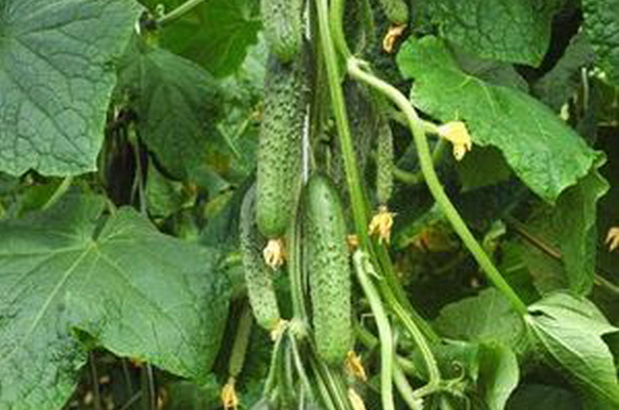 You may be interested in:
You may be interested in:There are four main factors that influence the full growth of plants:
- loosening the soil;
- ventilation;
- watering;
- fertilizers.
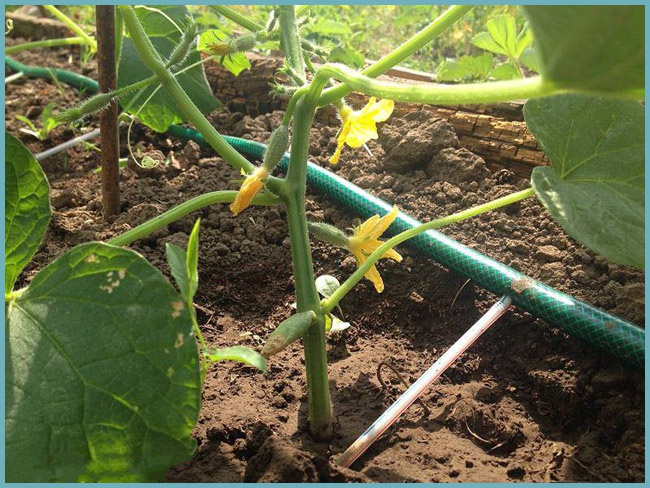
Plants prefer a humid climate, so you need to water them regularly. Water for irrigation should be used only warm, because cold liquid slows down the development of lashes. To avoid foliage diseases, water should not be allowed to enter the foliage. Be sure to monitor the condition of the soil, because she must constantly be loose. Loosening is carried out carefully, especially near a fragile stem. On warm days, the gardener must open the window, because fresh air positively affects the growth of greenhouses.
The best varieties of cucumber seeds for polycarbonate greenhouses
Among varietal diversity, it is difficult for summer residents to choose cucumber seeds for covered ground, especially for beginners. To understand the abundance of varieties and hybrids, you should familiarize yourself with the characteristics of the most popular cucumbers.
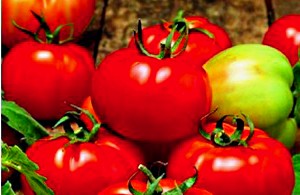 You may be interested in:
You may be interested in:The earliest varieties of cucumbers for greenhouses
In closed ground, the most popular are self-pollinated and parthenocarpic varieties. The earliest cucumbers are in high demand in the northern region, where a short summer does not allow the cultivation of late ripe vegetables. Among the early varieties of vegetable growers distinguish the following:
- Dynamite high-yielding seeds are parthenocarpic plants. Zelenets takes on a cylindrical shape and grows about 14 cm in length. The surface is covered with brown spikes;
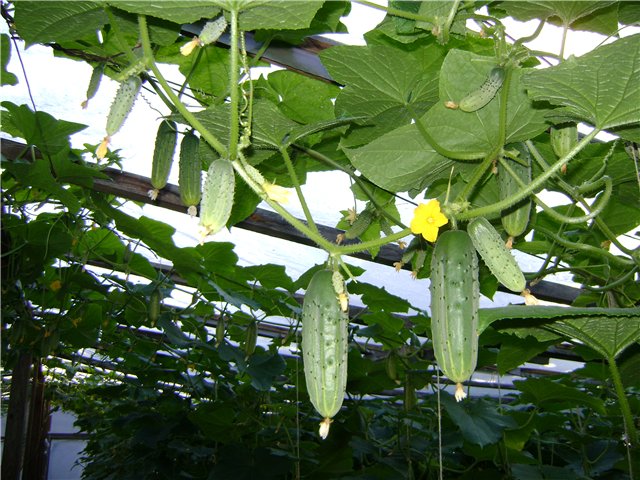
Dynamite - The Murashka hybrid, which has been grown in greenhouse beds for more than a decade, has a high yield and tasty fruits without bitterness. Cucumber grows to 12 cm and is covered with black pubescence;
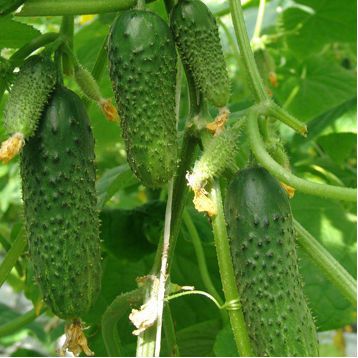
Goosebumps - Matilda is a self-pollinated hybrid variety, one ovary of which can form about 7 dark green fruits. The variety has excellent taste and marketability. The plant is medium-sized and has medium branching;
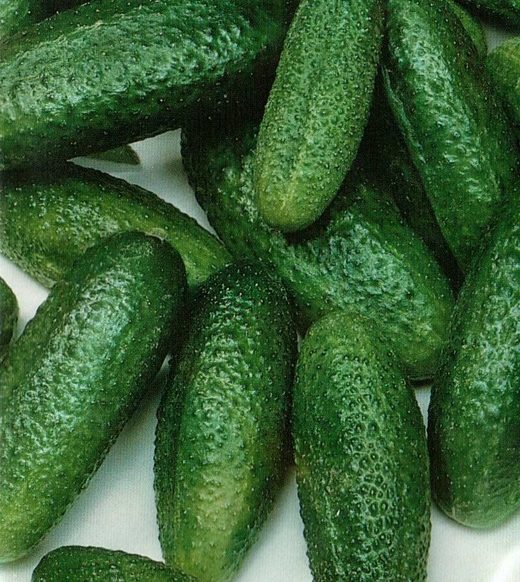
Matilda - Sarovsky variety is characterized by good resistance to changing growing conditions. Fruits grow even at low temperatures and poor lighting. The hybrid has gained popularity thanks to high yielding capacity, easy care and universality of use;
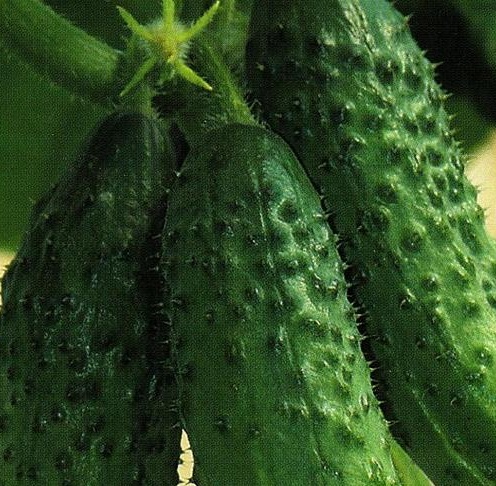
Sarovsky - Partenokarpik The trump card is intended for preparations for the winter. Gherkin-type cucumbers reach a length of 10 cm. Coarse-humped greens with white spikes have good taste and pickling qualities. In one node of the bunch variety, up to 5 ovaries are formed;
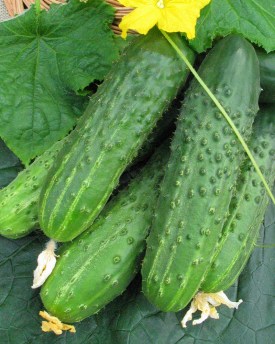
Trump card - Emelya is a parthenocarpic hybrid, the fruits of which reach 13-15 cm. Vigorous plants have a thin skin, covered with large tubercles and white spikes. Initially, the variety was intended for salads, but it is widely used for conservation. Overripe greens have a juicy flesh and do not lose their taste.
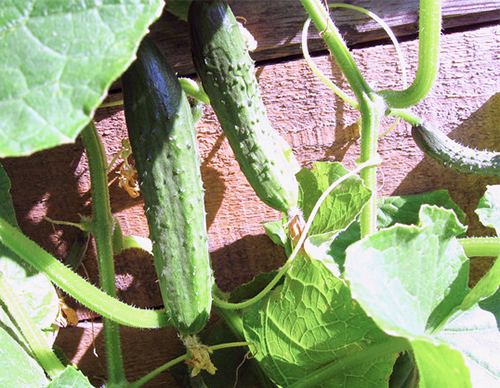
Emelya
The most productive varieties
An important indicator for the grower is the yield of cucumbers. Greenhouse plant care It takes a lot of time and effort, so every owner of a greenhouse expects abundant fruiting. The best varieties for covered ground are considered the most productive cucumbers:
- Zozulya is a domestic hybrid, which in greenhouse conditions gives a high yield. Fruiting occurs on 42-48 days after planting. From one square meter, you can collect about 20 kg of green leaves, with a length of 14 to 24 cm.Cucumbers retain an attractive appearance for a long time and are not prone to overgrowing.
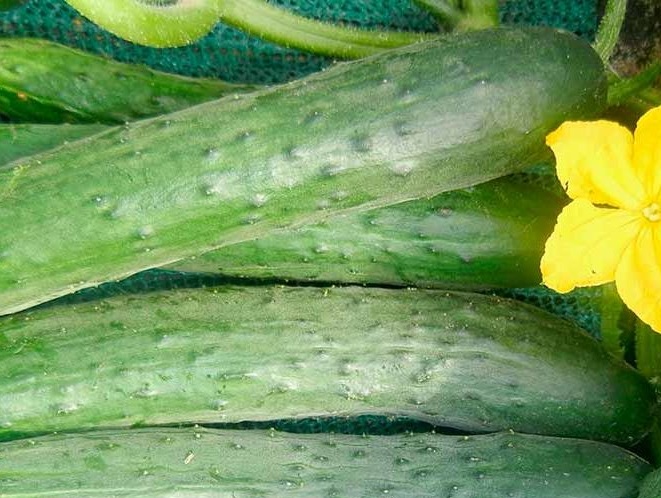
Zozulya F1 - Tumi hybrid is characterized by unpretentious care and endurance. From 1 m2 summer residents collect up to 12 kg of cucumbers. Hybrid is most often grown in greenhouses and hotbeds, sometimes in open soil. During transportation, the fruits do not deteriorate for a long time and retain their presentation. Under adverse conditions (drought or freezing), the plant does not shed ovaries.
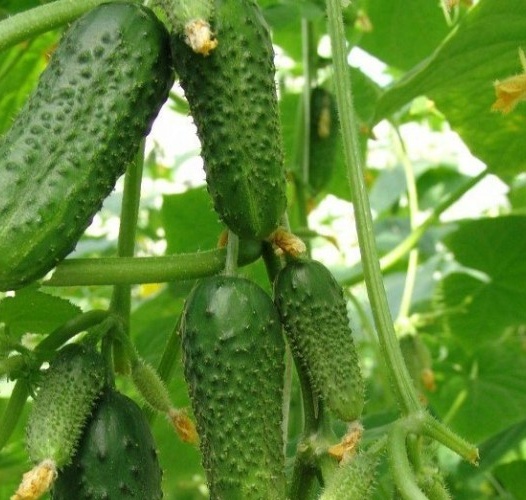
Tumi - The early ripe Pinocchio variety belongs to cold-resistant plants. Cylindrical cucumbers, the length of which varies within 9 cm, are devoid of bitterness. The first fruiting occurs after 45 days. Fruits are excellent for winter preparations. From 1 m², you can collect up to 15 kg of crop.
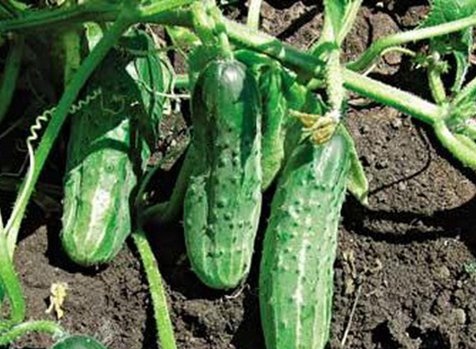
Pinocchio - The summer resident belongs to early ripening bee pollinated varieties. A tall plant has a bundle formation of ovaries. Coarse-tuberous fruits grow in length about 10 cm, and the weight of one green leaf varies from 70 to 90 g. With proper care from 1 m2, you can collect about 14 kg of cucumbers.
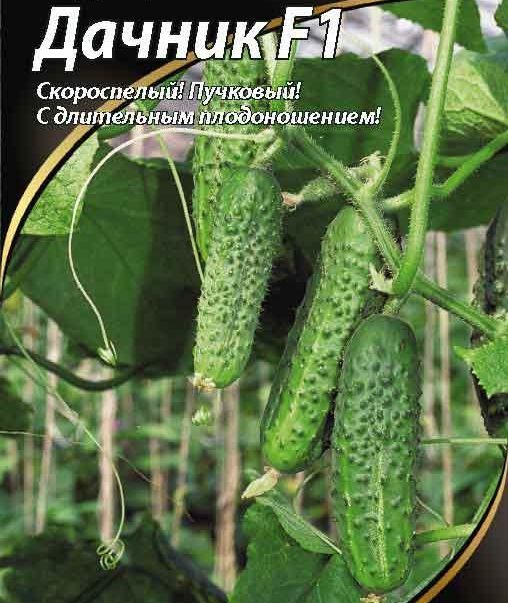
Summer resident
Thanks to the tips and reviews of experienced summer residents, you can choose the most productive seeds for growing indoors.
Hybrid varieties that do not get sick
The modern market offers a lot of seeds, most of which are hybrids. They differ from varietal plants in that the crop can only be obtained from the first generation.
For polycarbonate greenhouses, hybrid seeds are most often chosen, because they have several advantages:
- hybrids are resistant to most diseases, therefore they practically do not get sick;
- they are hardy and abundantly bear fruit;
- hybrids lack void flowers;
- cucumbers have good taste.
If there is F1 on the seed bag, these are first-generation hybrid seeds. In greenhouses, it is recommended to grow such hybrids:
- Grasshopper - an early ripening parthenocarpic hybrid, which gives the first crop after 38 days. One leaf sinus can form up to 6 ovaries. Harvest must be done on time, because overripe vegetables form inside the void, and the pulp becomes gelatinous. It has a hybrid resistance to powdery mildew, peronosporosis and cladosporiosis.
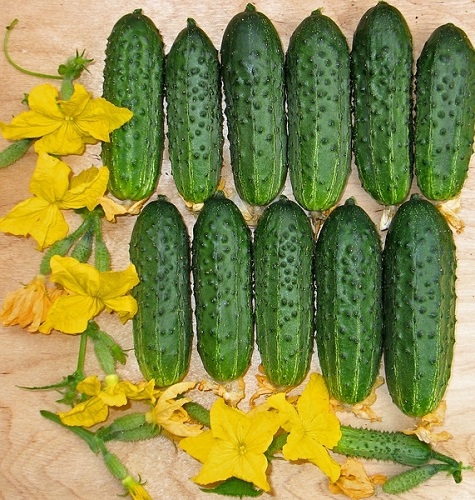
Grasshopper - Sugar baby is an early-ripening hybrid of the gherkin type, which, when grown in greenhouses, yields a yield of up to 22 kg from 1 m². Zelentsy ripen on 38-43 days after germination. Small fruits, up to 8 cm in length, very juicy and sugary, without a bitter aftertaste. The variety has good immunity to most diseases, is resistant to temperature extremes and cold. When growing a Sugar Baby, special attention should be paid to lighting, because its lack can affect yield.
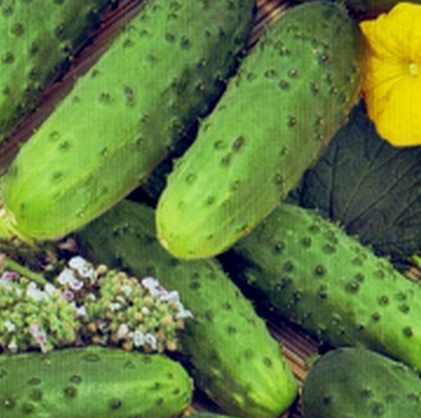
Sugar baby - A friendly family is a mid-early hybrid that matures 43 to 48 days after the first shoots. Parthenocarpic plant has a bunch arrangement of ovaries. Cylindrical cucumbers are covered with medium sized tubercles and white spikes. The weight of one green leaf reaches 100 g, and the length is up to 12 cm. The hybrid is distinguished by high and long yields.
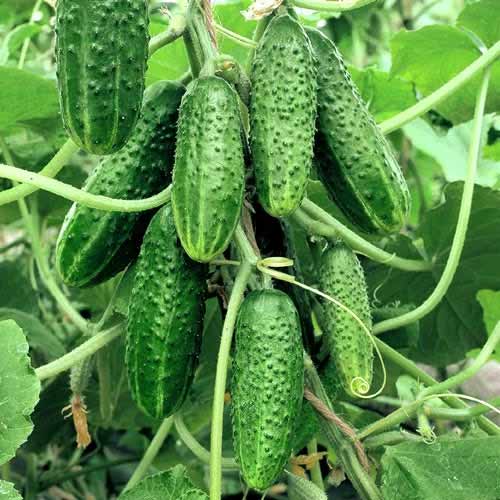
Friendly family
Among summer residents, such varieties are also quite popular: Paratunka, Emerald Earrings, Spring, Ant, Berendey, Garland.
Reviews of the best varieties of cucumbers for polycarbonate greenhouses
Liza: “My mother conducts experiments every year with new hybrids of greenhouse cucumbers, the names of which I can’t even remember (there were just a lot of them). And the grandmother doesn’t even want to hear about other varieties. Her favorites were always Zozulya and Murashka, "who constantly give an excellent harvest."
Basil: “I prefer to grow early greenhouse varieties that are good for both salads and pickles. Among the variety of cucumbers that lived in my greenhouse, I would like to highlight the seeds of Anyuta, Emelya, Evita. "
Helena: “In the polycarbonate greenhouse, I grow only the best, in my opinion, varieties: Benefis, Goosebump and Little Boy with a finger. I plant them annually. I tried to leave a few cucumbers for seeds, but nothing grows from hybrids a second time. ”
Marina: “During my life I experienced a lot of cucumbers in the greenhouse, but I chose Courage. The fruits grow in large sizes, and their taste is simply excellent. In addition, Courage has good immunity. I use the crop for salads and salting. "
Veronica: “I like experiments, so every year I pick new seeds. Among the varieties grown by me, I would like to mention Zarya and Anyuta. They have a fairly high yield and very tasty. "
Catherine: “With proper care in greenhouse conditions, you can harvest a good crop from any variety. Every year I sow seeds of different varieties, of which almost all are liked (none of them disappointed). I have a large family, so greenhouse cucumbers are eaten instantly, sometimes there’s even no conservation ”.
A greenhouse or a polycarbonate greenhouse are excellent conditions for growing delicious homemade cucumbers. Thanks to selection works, there is a huge selection of greenhouse varieties today, so every grower will surely pick out the seeds of the best cucumbers.

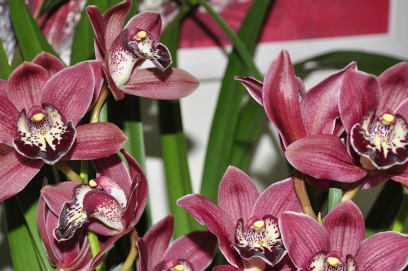
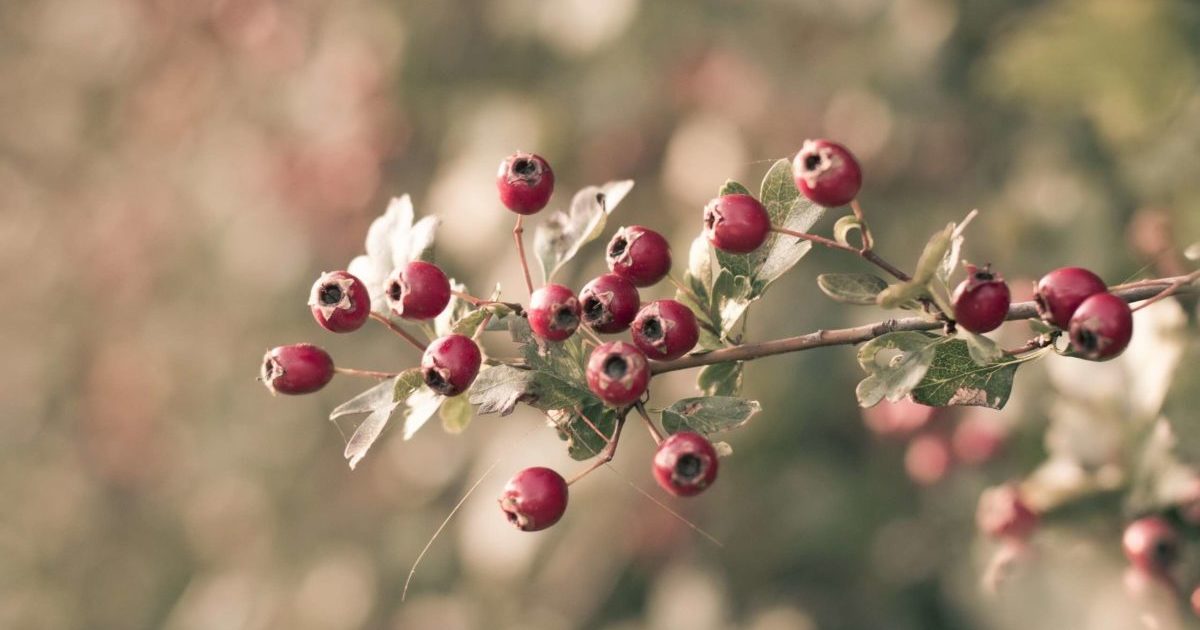

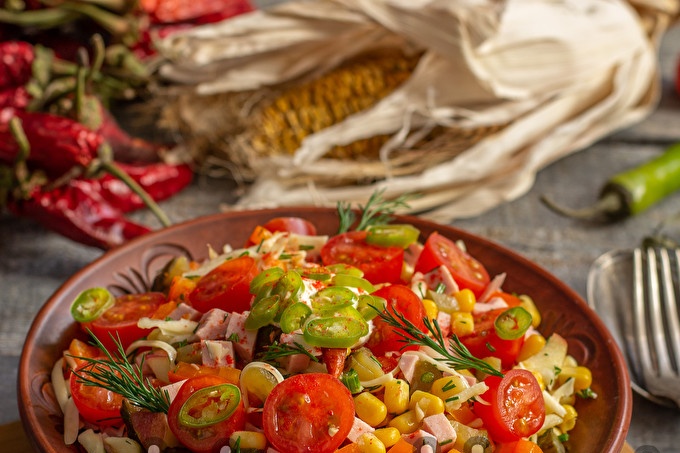 Mexico salad - no need to cook
Mexico salad - no need to cook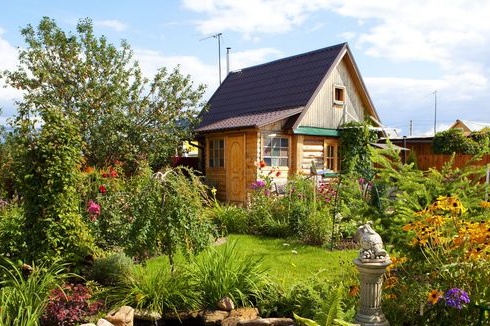 Garden tax for summer residents from 2019 in Russia
Garden tax for summer residents from 2019 in Russia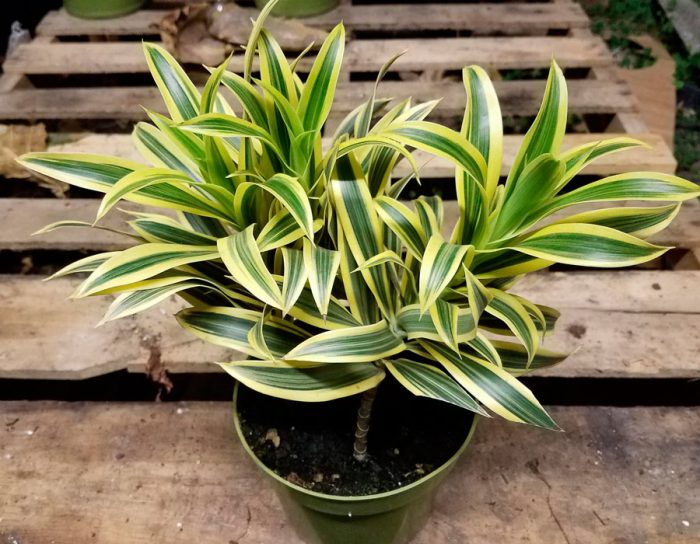 Dracaena: home care, transplantation and reproduction, photo
Dracaena: home care, transplantation and reproduction, photo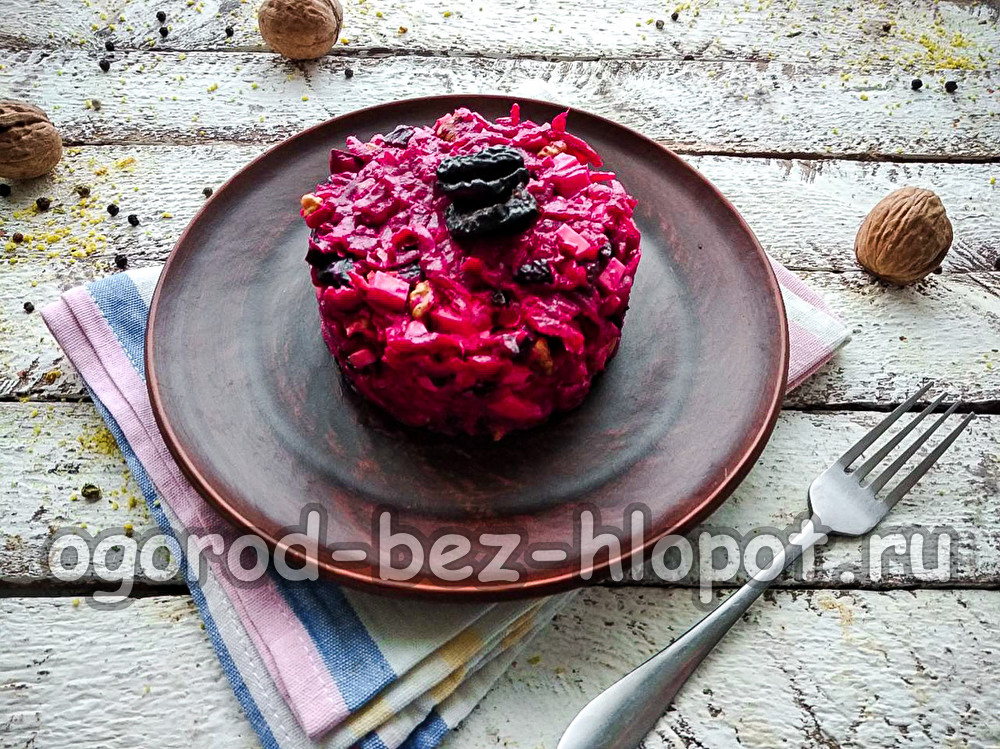 Beetroot salad with prunes, walnuts and hard cheese
Beetroot salad with prunes, walnuts and hard cheese